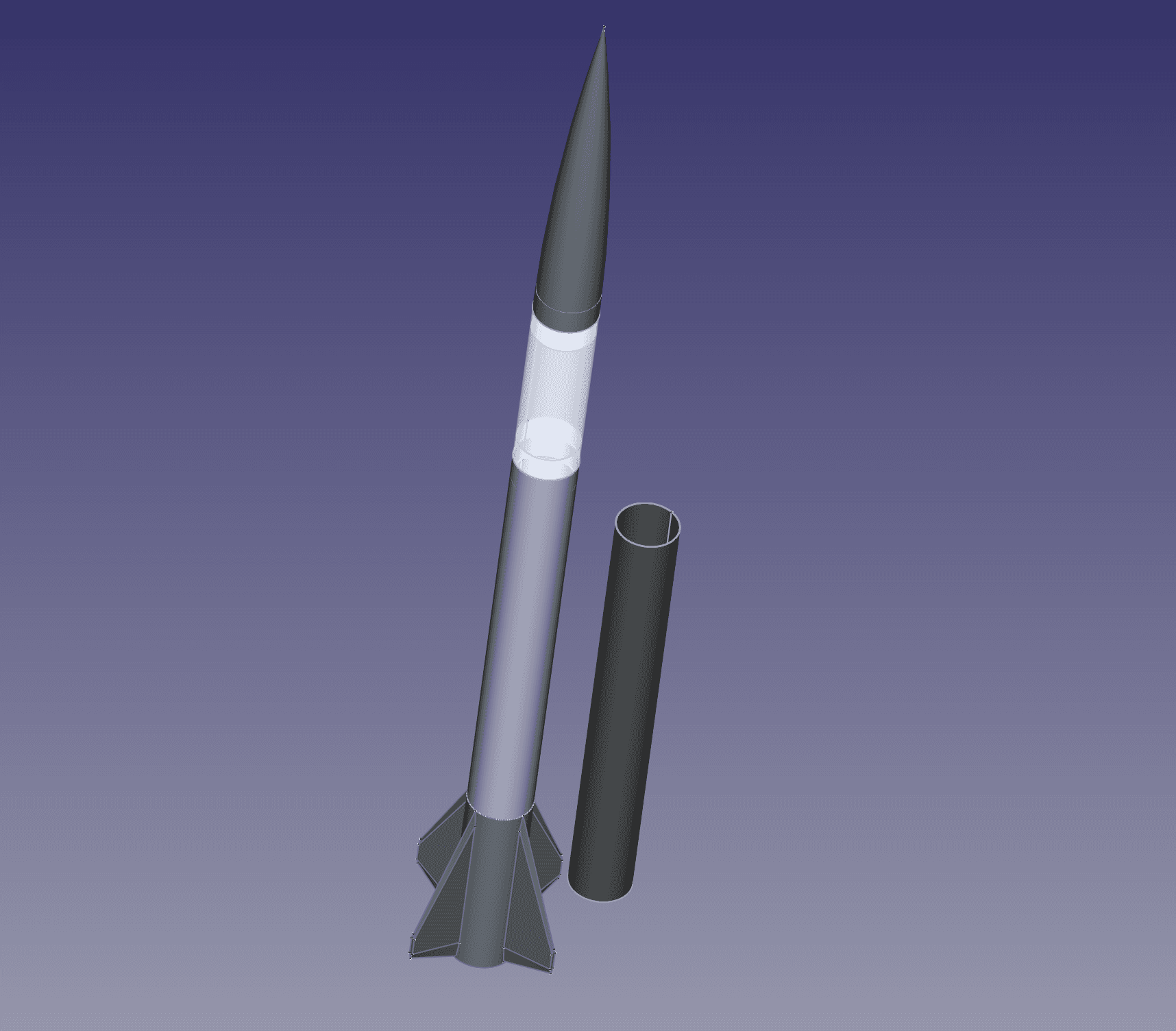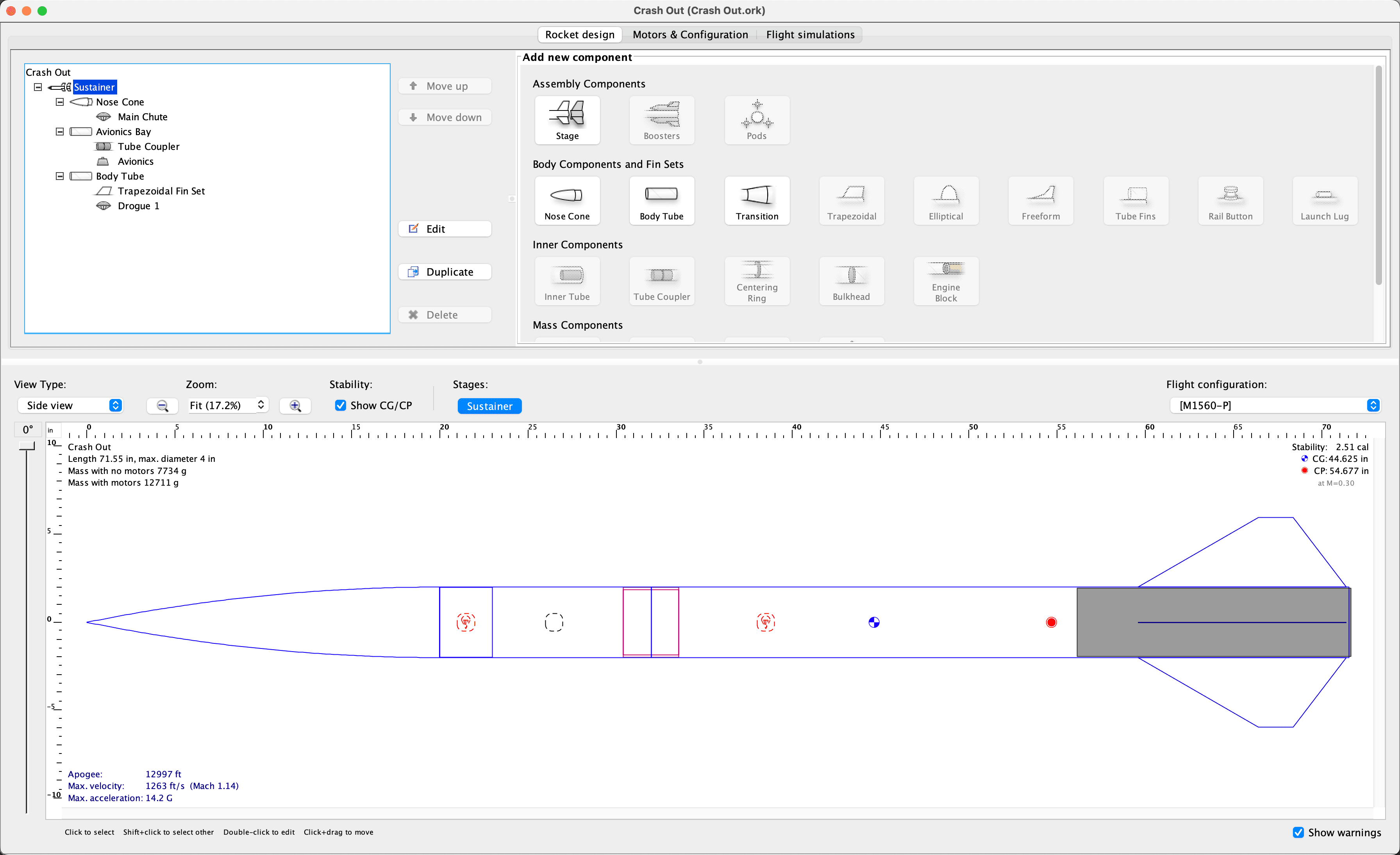Getting L3 Certified Part 1: Engineering Design
In the United States, there are 2 governing bodies for amateur rocketry: the National Association of Rocketry (NAR) and the Tripoli Rocketry Association. Both organizations have a certification program that allows rocketeers to use progressively larger and more powerful motors. The highest level of certification is Level 3 (L3). To get L3 certified, you must design, build, and fly a rocket that meets certain criteria. You can read the specific requirements in the Tripoli L3 Certification Procedure but the general process is as follows:
- Design a rocket that meets the Tripoli L3 Certification Requirements
- Build the rocket
- Fly the rocket using a motor with an impulse of 5120 N/s or more and recover successfully
Project Planning
I don't have any deadlines to meet, there are no specific launch dates I am planning on attending and there are no projects outstanding that require an L3 certification. That being said, deadlines are important for engineering projects to plan out work. I would like to be L3 Certified by Jan 1, 2026. While that depends largely on launch schedules of launch sites, it sets a reasonable manugacturing and testing schedule for me to be able to certify a flight.
There's a big balancing game that goes on when designing and building an L3 rocket. The most simple of parameters are that it must be able to fly, it must be strong enough to be recovered and take the aggressive flight profile of an M-motor or greater, but it must have as few failure points as possible. On top of all of that, while there isn't a limit to spend as per the Tripoli guidelines, I certainly don't want to spend the same as a used car on a rocket. So, we can say that we need to build a strong, simple rocket with a reasonable budget. This means I could go for a lot of cheaper material, or less, stronger material. Wood and carboard versus fiberglass composites.
I've seen a lot of success in subminimum rockets with fiberglass composites. I also have access to an amazing fiberglass composites shop at Iowa State where I can safely work on materials. For electrionics, I am going to use COTS options from Altus Metrum and my own flight computer for dual redundancy.
CAD and Simulations
I started by designing a rocket in CAD that would be close to the final product, but left room for change should the need arise. This is the rocket with 4 fins, a 98mm motor mount, and a 4" airframe. I used FreeCAD to design the rocket. I used OpenRocket to simulate the flight profile and make sure that the rocket would be stable and recoverable. Pictured next to the rocket is a reloadable motor case. I used this to set the length of the airframe to accomodate the motor and all recovery.

To simulate the flight, I used OpenRocket. This made sure the flight would be stable and provided estimates for apogee, max mach number, Center of Pressure, and Center of Gravity measurements.
